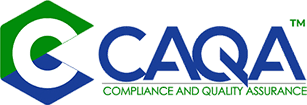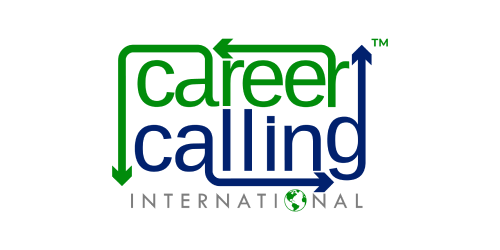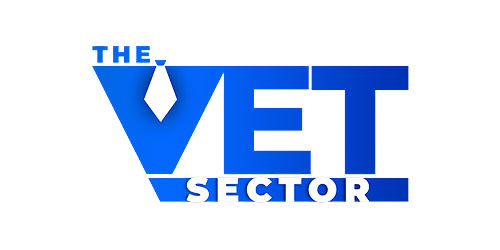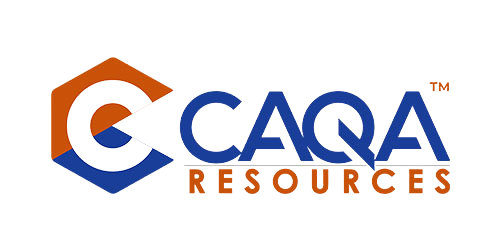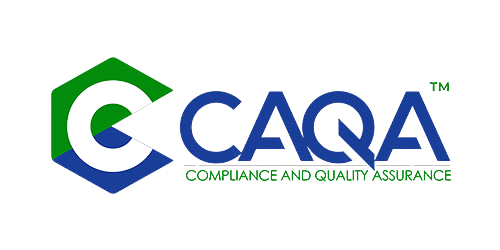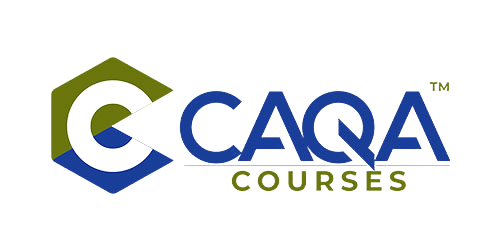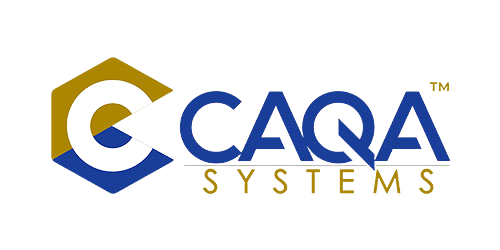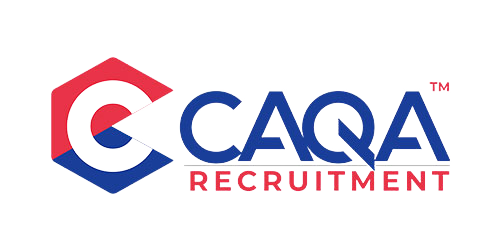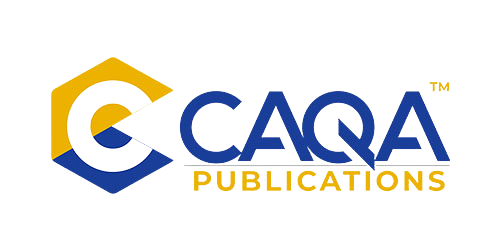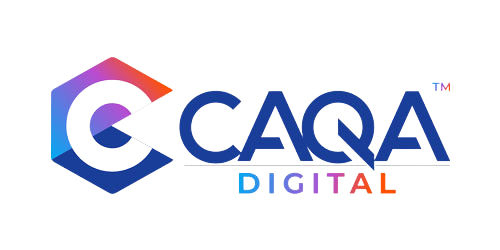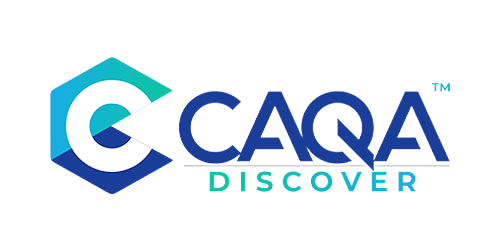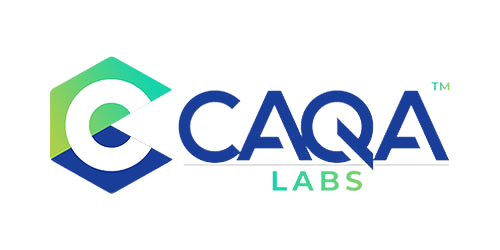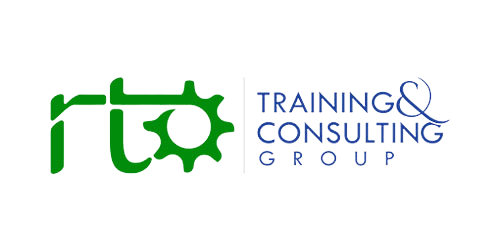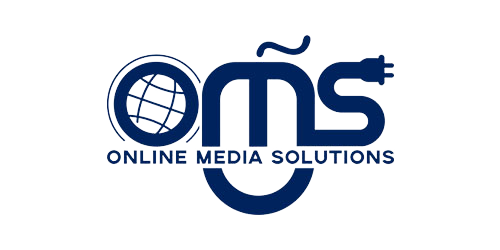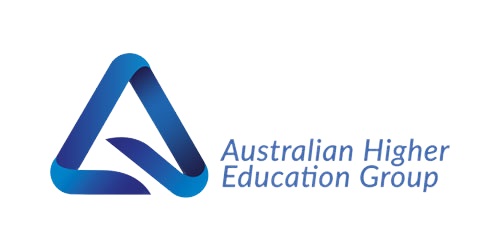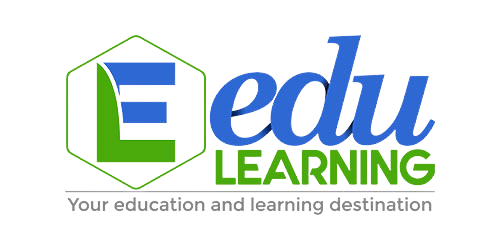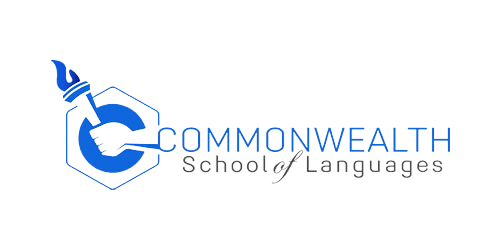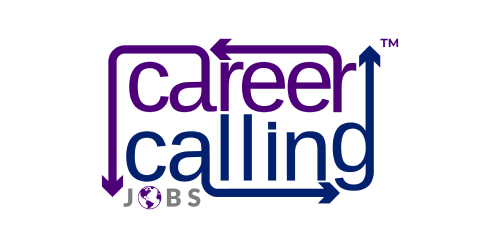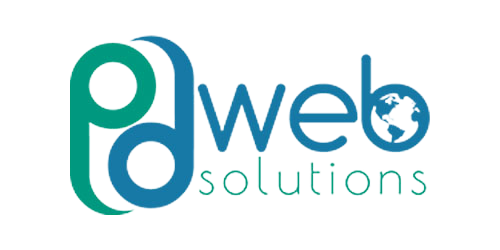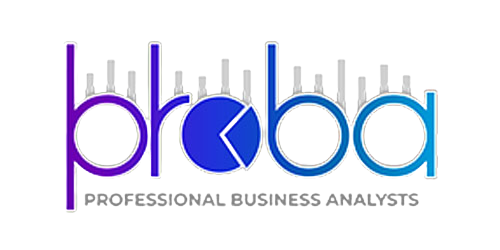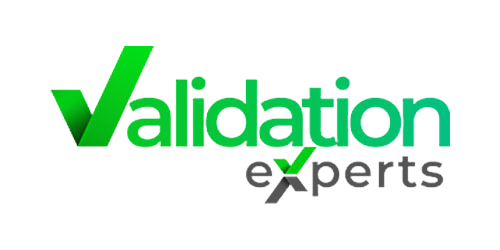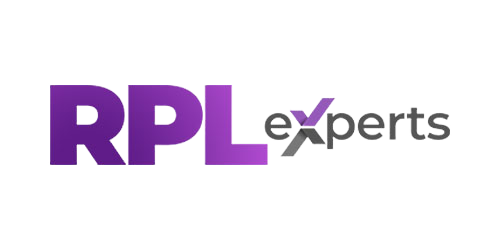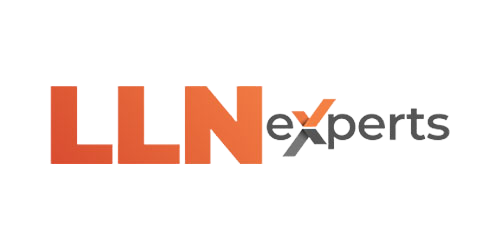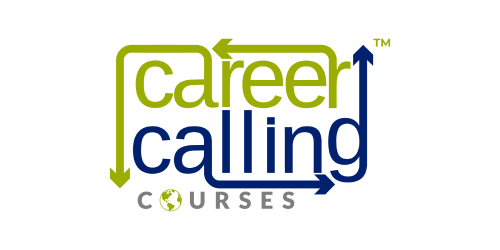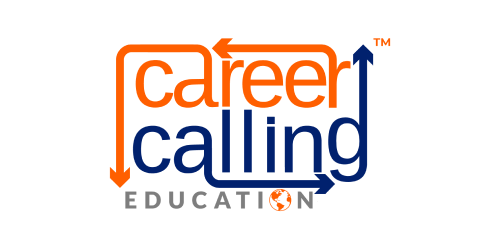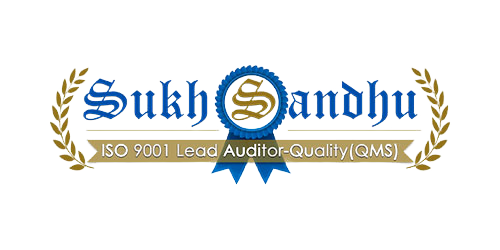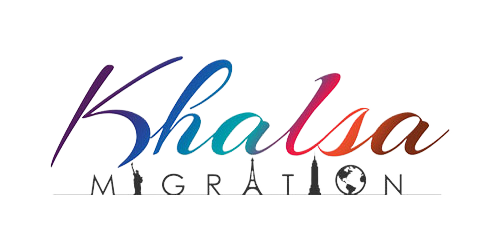The journey toward successful re-registration represents one of the most critical milestones in the lifecycle of any Registered Training Organisation. As seasoned auditors and consultants who have guided countless RTOs through this complex process, we understand that re-registration is far more than a regulatory checkpoint; it represents an opportunity to demonstrate organisational maturity, showcase educational excellence, and reaffirm your commitment to delivering quality vocational education and training outcomes for Australian learners and industry.
The landscape of vocational education continues to evolve at an unprecedented pace, with regulatory expectations becoming increasingly sophisticated and stakeholder demands for quality outcomes growing ever stronger. In this environment, the difference between RTOs that merely survive re-registration and those that thrive through the process lies in their fundamental approach to compliance, quality, and continuous improvement. Through our extensive experience working with training providers across diverse sectors and scales, we have identified that successful re-registration stems not from last-minute preparation or superficial compliance efforts, but from deeply embedded organisational practices that prioritise quality at every level of operation.
Establishing a Compliance-First Mindset as Your Organisational Foundation
The cornerstone of re-registration success begins with cultivating what we call a compliance-first mindset throughout your entire organisation. This approach transcends the traditional view of compliance as a burden or administrative necessity, instead positioning it as the fundamental framework that enables quality training delivery and sustainable business operations. When compliance becomes integral to your organisational DNA rather than an afterthought, every decision, process, and interaction naturally aligns with regulatory requirements while simultaneously enhancing educational outcomes.
A compliance-first mindset manifests through the seamless integration of regulatory requirements into daily operations, where every team member understands not just what compliance looks like, but why it matters for learner success and industry confidence. This means your policies and procedures should not exist as static documents gathering dust on shelves or buried in digital folders, but as living frameworks that guide decision-making and operational practice every single day. The Standards for RTOs, the Australian Qualifications Framework, and other regulatory instruments should be viewed as minimum benchmarks rather than maximum aspirations, with your organisation consistently striving to exceed these requirements in meaningful ways that add value for learners and industry partners.
Documentation excellence forms a critical component of this compliance-first approach, requiring organisations to maintain comprehensive, current, and readily accessible records that tell the complete story of your RTO's operations. This encompasses everything from meticulously crafted policies that clearly articulate your operational framework to detailed procedures that ensure consistency in practice, from robust training and assessment strategies that demonstrate educational rigour to comprehensive evidence of staff competencies that validate your capacity to deliver quality outcomes. The key lies not in creating documentation for compliance's sake, but in developing meaningful documents that genuinely guide practice and demonstrate your commitment to excellence.
Your documentation systems should facilitate easy navigation and retrieval, enabling you to quickly locate and present evidence during audit processes while also supporting internal quality assurance activities. Consider implementing digital document management systems that maintain version control, track review cycles, and ensure all stakeholders have access to current information. Regular documentation reviews should be scheduled and conducted systematically, ensuring that your policies and procedures remain aligned with current regulatory requirements and reflect actual operational practice rather than aspirational ideals.
Building Robust Self-Assessment and Continuous Improvement Frameworks
The journey toward re-registration success requires organisations to embrace honest self-reflection and systematic improvement as core operational principles. Regular internal audits conducted against all standards serve as your early warning system, identifying potential compliance gaps and operational weaknesses before they become critical issues during external review. These self-assessment activities should be conducted with the same rigour and objectivity as external audits, avoiding the temptation to overlook minor issues or rationalise non-compliances that might seem insignificant but could signal broader systemic problems.
Effective self-assessment requires creating psychological safety within your organisation, where team members feel comfortable identifying problems and proposing solutions without fear of blame or retribution. This culture of openness enables genuine improvement rather than superficial compliance, fostering an environment where quality enhancement becomes everyone's responsibility rather than the sole domain of compliance officers or quality managers. Regular team meetings should include compliance discussions as standard agenda items, encouraging all staff to contribute observations and suggestions for improvement based on their daily experiences and interactions with learners and industry partners.
Stakeholder feedback represents an invaluable resource for continuous improvement, providing insights that internal perspectives might miss. Systematic collection and analysis of feedback from learners, trainers, employers, and industry partners reveals patterns and trends that can inform strategic improvements to your training products and services. This feedback should be gathered through multiple channels, including formal surveys, informal conversations, focus groups, and regular stakeholder engagement activities, ensuring you capture diverse perspectives and experiences that reflect the full spectrum of your RTO's impact and effectiveness.
The transformation of feedback into actionable improvements requires structured processes that ensure valuable insights don't get lost in operational noise. Establish clear protocols for reviewing feedback, identifying improvement opportunities, prioritising actions based on impact and feasibility, and tracking implementation progress through to completion. Document these improvement cycles comprehensively, creating an evidence trail that demonstrates your commitment to continuous enhancement and your responsiveness to stakeholder needs and expectations.
Mastering Evidence Collection and Recordkeeping Excellence
The ability to demonstrate compliance through comprehensive, well-organised evidence represents a fundamental competency for re-registration success. Evidence collection should be viewed not as a periodic activity undertaken in preparation for audit, but as an ongoing process embedded within your operational routines. Every training session delivered, every assessment conducted, every support service provided, and every stakeholder interaction represents an opportunity to generate evidence that validates your compliance and demonstrates your commitment to quality outcomes.
Trainer and assessor qualifications form a critical evidence category requiring meticulous attention to detail and systematic maintenance. Beyond simply maintaining copies of qualifications and professional development certificates, your evidence should tell the complete story of each trainer's journey toward and maintenance of vocational and educational competency. This includes documentation of industry currency activities that demonstrate ongoing engagement with relevant sectors, evidence of participation in professional development that enhances teaching capabilities, records of assessment validation participation that confirm understanding of assessment principles, and documentation of any mentoring or support provided to develop and maintain competencies.
Industry currency deserves particular attention, given its critical role in ensuring training remains relevant and aligned with current workplace practices. Evidence of industry currency should extend beyond simple statements or declarations, incorporating concrete examples of industry engagement such as workplace visits, participation in industry forums, engagement with professional associations, completion of industry-specific training, or maintenance of industry licenses and certifications. The key lies in demonstrating a genuine, ongoing connection with the industry rather than superficial or sporadic engagement that fails to maintain a contemporary understanding of workplace requirements and expectations.
Student support evidence requires careful documentation that demonstrates both the availability and effectiveness of support services while maintaining appropriate privacy and confidentiality. This includes records of support services offered and accessed, documentation of reasonable adjustments provided to accommodate diverse learner needs, evidence of early intervention strategies for learners experiencing difficulties, and records of referrals to external support services where appropriate. The challenge lies in balancing comprehensive documentation with privacy requirements, ensuring evidence demonstrates systematic support provision without compromising individual learner confidentiality.
Assessment validation evidence should demonstrate systematic review and quality assurance of assessment practices and judgements, confirming that assessments consistently produce valid, reliable, sufficient, and current evidence of competency. This requires maintaining detailed records of validation activities, including participants involved, samples reviewed, findings identified, and improvements implemented. Validation evidence should demonstrate both systematic planning through validation schedules and responsive validation triggered by identified issues or concerns, showing that your organisation takes assessment quality seriously and actively works to ensure consistency and fairness in assessment outcomes.
Ensuring Quality Training and Assessment Practices
The heart of any successful RTO lies in its ability to deliver training and assessment that genuinely develops competency and prepares learners for workplace success. Quality training and assessment practices extend far beyond mere compliance with technical requirements, encompassing pedagogical excellence, industry relevance, and learner engagement that transforms educational experiences into meaningful capability development. This requires systematic attention to every aspect of the training and assessment cycle, from initial design through delivery to evaluation and improvement.
Assessment mapping and validation processes should ensure complete coverage of all unit requirements while maintaining practical relevance and avoiding unnecessary repetition or over-assessment. Each assessment task should clearly identify which performance criteria, performance evidence, knowledge evidence, and assessment conditions it addresses, with mapping documentation that enables easy verification of coverage and identification of any gaps. Regular validation activities should examine not just technical compliance but also the quality of assessment design, the clarity of instructions and criteria, the appropriateness of evidence requirements, and the consistency of assessor judgements across different assessors and contexts.
Contemporary training and assessment resources require regular review and updating to maintain currency with industry practices, regulatory requirements, and pedagogical best practices. This involves more than simply updating version numbers or making cosmetic changes; it requires genuine engagement with industry to understand evolving practices and requirements, incorporation of current technologies and methodologies, alignment with contemporary workplace contexts, and integration of diverse learning approaches that accommodate different learning styles and preferences. Resource development should be viewed as an iterative process of continuous refinement rather than a periodic overhaul, with regular feedback from trainers, assessors, learners, and industry partners informing ongoing improvements.
Professional development for trainers and assessors represents a critical investment in quality outcomes, ensuring your educational team maintains both vocational currency and pedagogical excellence. This extends beyond mandatory compliance training to encompass genuine capability development that enhances teaching effectiveness, assessment expertise, and learner support capabilities. Professional development planning should be systematic and strategic, identifying development needs through performance reviews and self-assessment, aligning development activities with organisational priorities and individual career aspirations, and evaluating the impact of professional development on teaching and assessment practice.
The integration of technology into training and assessment practices offers opportunities to enhance engagement, accessibility, and flexibility while maintaining educational rigour and assessment integrity. However, technology adoption should be purposeful rather than tokenistic, with clear rationales for technology use and evidence that digital approaches enhance rather than compromise learning outcomes. This might include using simulation technologies to provide safe practice environments for high-risk competencies, implementing learning management systems to support flexible delivery and comprehensive progress tracking, utilising video assessment to capture performance evidence in authentic workplace contexts, or employing adaptive learning technologies to personalise learning pathways based on individual needs and progress.
Developing Responsive Student Support and Communication Systems
The provision of comprehensive, accessible, and effective student support services represents both a compliance requirement and a moral imperative for RTOs committed to learner success. Support systems should be designed to identify and address learner needs proactively rather than reactively, creating educational environments where all learners can thrive regardless of their starting point or personal circumstances. This requires moving beyond generic support offerings to develop tailored approaches that recognise and respond to the diverse needs, backgrounds, and aspirations of your learner cohort.
Communication strategies should ensure all learners understand available support options and feel comfortable accessing assistance when needed. This involves developing multiple communication channels that accommodate different preferences and circumstances, using clear, accessible language that avoids jargon and assumptions, providing information at multiple touchpoints throughout the learner journey, and creating safe spaces where learners feel comfortable disclosing support needs without fear of stigma or discrimination. Regular communication audits should assess the effectiveness of your communication strategies, identifying gaps or barriers that might prevent learners from accessing available support.
The identification of learner support needs should begin before enrolment through comprehensive pre-enrolment processes that explore learning goals, previous educational experiences, potential barriers to learning, and support requirements. This information should inform the development of individual learning plans that document agreed strategies for addressing identified needs while maintaining appropriate expectations and standards. However, support needs identification shouldn't end at enrolment; ongoing monitoring through regular check-ins, progress reviews, and responsive intervention ensures emerging needs are identified and addressed before they become critical barriers to success.
Complaint and feedback management systems demonstrate organisational maturity and commitment to continuous improvement, showing that you value stakeholder input and take concerns seriously. Effective complaint management requires clear, accessible complaint processes that learners understand and trust, timely acknowledgment and investigation of complaints, fair and transparent resolution processes that balance different perspectives and interests, and systematic analysis of complaint patterns to identify systemic issues requiring organisational response. Documentation of complaint handling should demonstrate both individual case management and organisational learning, showing how complaints inform improvements to prevent recurrence.
Strengthening Leadership and Governance Frameworks
Strong leadership and effective governance provide the foundation upon which all other re-registration success factors build. The engagement of responsible managers who genuinely understand vocational education and training sector requirements, compliance obligations, and quality imperatives creates organisational cultures where excellence becomes the norm rather than the exception. These leaders must model the behaviours and attitudes they expect from others, demonstrating through their actions that compliance and quality are organisational priorities that warrant attention, resources, and commitment.
Governance structures should ensure appropriate oversight of all aspects of RTO operations, with clear accountability frameworks that define roles, responsibilities, and reporting relationships. This includes establishing governance bodies with appropriate expertise and independence, implementing risk management frameworks that identify and mitigate compliance and quality risks, developing business continuity plans that ensure sustainable operations, and maintaining financial management systems that support long-term viability while ensuring resources are available for quality training delivery. Regular governance reviews should assess the effectiveness of these structures, identifying opportunities to strengthen oversight and accountability.
Risk management approaches should be proactive rather than reactive, identifying potential compliance and quality risks before they materialise and implementing controls to prevent or minimise impact. This requires developing comprehensive risk registers that capture risks across all operational areas, assessing risk likelihood and consequence to prioritise management attention, implementing controls that are proportionate to risk levels, and monitoring control effectiveness through regular reviews and testing. Risk management shouldn't be viewed as a compliance exercise but as a business enablement tool that supports sustainable, quality operations.
Ethical business practices underpin sustainable RTO operations and maintain sector reputation and community trust. This encompasses transparent marketing that accurately represents training products and outcomes, fair pricing structures that provide value while ensuring sustainability, honest dealings with all stakeholders, including learners, staff, and partners, and commitment to educational outcomes rather than just commercial success. Ethical considerations should inform all decision-making, with leaders willing to choose quality and integrity over short-term commercial gain when these interests conflict.
Implementing Best Practices for Re-registration Preparation
The implementation of mock audits represents one of the most effective preparation strategies for re-registration, providing realistic practice experiences that prepare staff and systems for external review. Mock audits should replicate external audit conditions as closely as possible, including the scope, methodology, and rigour of regulatory audits. This might involve engaging external consultants to provide independent perspectives, conducting unannounced audits to test readiness and response capabilities, involving all staff to ensure everyone understands their role in demonstrating compliance, and treating findings with the same seriousness as external audit outcomes.
The development of actionable improvement plans transforms audit findings and identified gaps into systematic enhancement activities that strengthen compliance and quality. Effective improvement plans clearly articulate what needs to be improved and why it matters, define specific actions required to achieve improvement, assign clear accountability for action implementation, establish realistic timeframes that balance urgency with achievability, and incorporate measures to verify improvement effectiveness. Progress against improvement plans should be monitored regularly, with adjustments made as necessary to ensure objectives are achieved.
Staff training and capability development ensure all team members understand their role in maintaining compliance and delivering quality outcomes. Training programs should extend beyond technical compliance requirements to develop a genuine understanding of why compliance matters and how individual roles contribute to organisational success. This might include regular compliance updates to maintain awareness of regulatory changes, practical workshops that develop skills in evidence collection and documentation, scenario-based training that prepares staff for audit interactions, and mentoring programs that transfer knowledge from experienced to newer staff members.
The creation of comprehensive evidence portfolios streamlines audit processes and demonstrates organisational preparedness and professionalism. Portfolios should be organised logically to facilitate easy navigation and evidence location, with clear mapping between evidence items and relevant standards or requirements. Digital portfolios offer advantages in terms of accessibility, searchability, and version control, though backup systems should ensure evidence remains available even if technology fails. Regular portfolio reviews should ensure evidence remains current, relevant, and complete, with gaps identified and addressed before they become audit findings.
Stakeholder engagement strategies ensure training products and services remain aligned with industry needs and learner expectations. This involves establishing formal advisory mechanisms such as industry reference groups, conducting regular consultation activities to gather stakeholder input, maintaining ongoing dialogue through multiple communication channels, and demonstrating responsiveness by implementing stakeholder suggestions where appropriate. Documentation of stakeholder engagement should show both the breadth and depth of consultation, demonstrating genuine partnership rather than token consultation.
The Critical Importance of Timeliness and Systematic Preparation
Perhaps the most crucial factor distinguishing successful re-registration outcomes from stressful, uncertain experiences lies in the timing and systematisation of preparation activities. Organisations that view re-registration as a discrete event requiring intensive preparation in the months immediately preceding application inevitably experience stress, discover unexpected gaps, and struggle to demonstrate genuine compliance rather than hurried remediation. In contrast, organisations that embed re-registration readiness into their operational DNA approach the process with confidence, viewing it as an opportunity to showcase their achievements rather than a threat to their continued operation.
Systematic preparation begins with understanding that compliance is not a destination but a continuous journey requiring ongoing attention and investment. This means establishing regular compliance review cycles that assess performance against all standards, not just those perceived as high-risk or problematic. It means maintaining evidence collection as an ongoing activity rather than a periodic scramble. It means addressing identified issues promptly rather than deferring action until re-registration looms. Most importantly, it means creating organisational cultures where every team member understands their role in maintaining compliance and takes pride in contributing to quality outcomes.
The development of compliance calendars helps organisations manage the multiple timeframes and deadlines associated with regulatory obligations. These calendars should capture not just major milestones like re-registration dates but also ongoing requirements such as data reporting deadlines, validation schedules, review cycles, and professional development requirements. Regular calendar reviews ensure nothing falls through the cracks and enable proactive planning rather than reactive scrambling. Integration with organisational planning cycles ensures compliance activities are resourced appropriately and don't compete with other operational priorities.
Conclusion: Building Confidence Through Systematic Excellence
As we reflect on the journey toward re-registration success, it becomes clear that organisations achieving the best outcomes are those that view compliance and quality as integrated rather than separate concerns. They understand that regulatory requirements exist not as arbitrary hurdles but as frameworks supporting quality vocational education and training delivery. They recognise that investment in compliance and quality systems pays dividends not just in successful re-registration but in improved learner outcomes, enhanced industry confidence, and sustainable business operations.
The path to re-registration success requires commitment, resources, and sustained effort, but the rewards extend far beyond maintaining registration. Organisations that embrace these principles and practices find themselves better positioned to respond to sector changes, more capable of meeting stakeholder needs, and more confident in their ability to deliver meaningful educational outcomes. They approach re-registration not with trepidation but with confidence, knowing their systems are robust, their evidence is comprehensive, and their commitment to quality is demonstrable.
The vocational education and training sector continues to evolve, with increasing expectations for quality, accountability, and outcomes. In this environment, re-registration represents more than a regulatory requirement; it offers an opportunity to demonstrate organisational maturity, showcase educational excellence, and reaffirm commitment to the transformative power of vocational education. By embracing the principles and practices outlined in this comprehensive guide, RTOs can approach re-registration with confidence, demonstrate their value to learners and industry, and secure their position as trusted providers of quality vocational education and training.
The journey toward re-registration success is ultimately a journey toward organisational excellence, where compliance becomes culture, quality becomes habit, and continuous improvement becomes the driving force behind everything you do. As experienced consultants and auditors who have witnessed both struggles and successes throughout the sector, we can affirm that organisations embracing this journey find themselves not just surviving re-registration but thriving through it, emerging stronger, more capable, and better positioned to serve their learners and communities for years to come.
